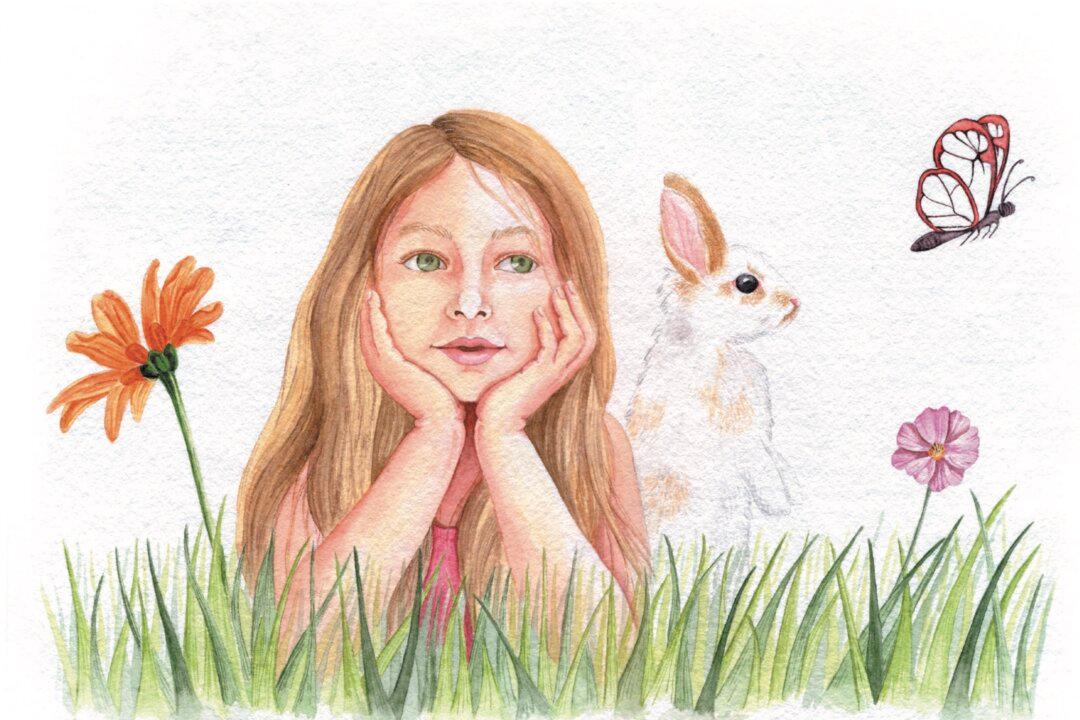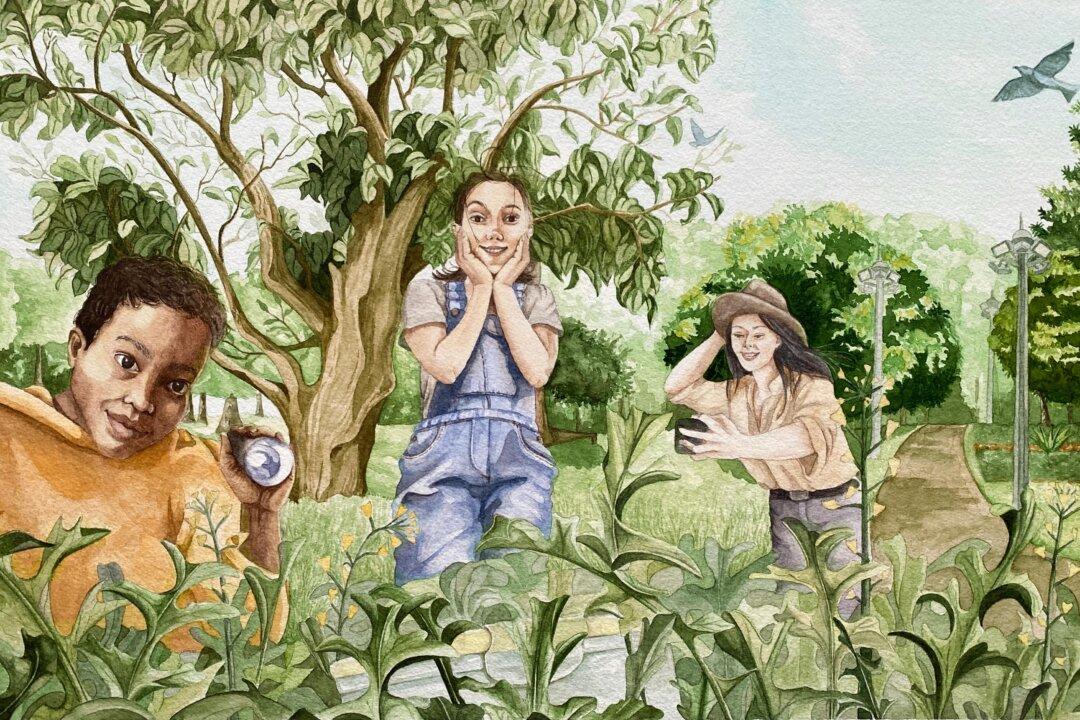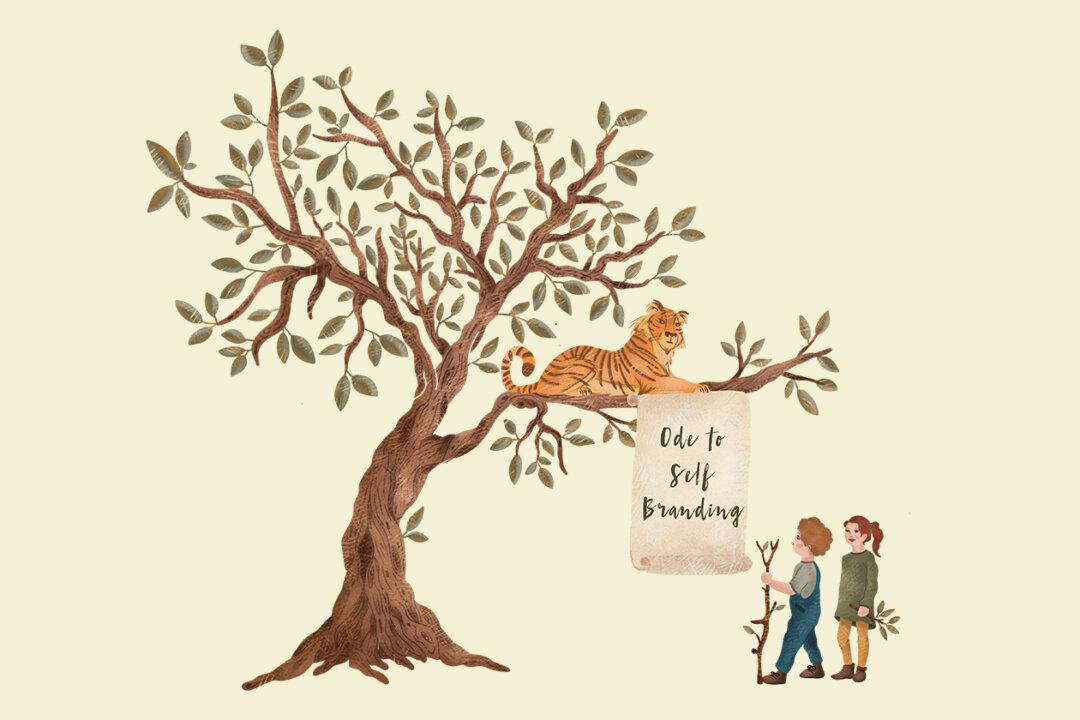Early in my classroom career, I had a student. Let’s call her Susan. School had been in session for about a month, and a guest teacher came to my room to relieve me. She told me I was wanted in the conference room for a meeting. I walked into that meeting blind, not knowing who or what it was about. When I entered the room, I saw the entire instructional support team, including the principal, the special education teacher, the guidance counselor, several Title I support teachers, and the school psychologist. Also in attendance were Susan’s parents.
I asked why we were having the meeting, and I was told that it had been set up at the end of last year. Susan had been tested, and she was going to be moved from regular education to special education. I had only been teaching Susan for a month, but I could not imagine why she needed special education services, so I asked. I was told that Susan was extremely shy and anxious. She didn’t speak in school. When given schoolwork to do, she became frustrated and burst into tears. Everyone in the room said they had witnessed it, and they all agreed that a change in placement would be best.





